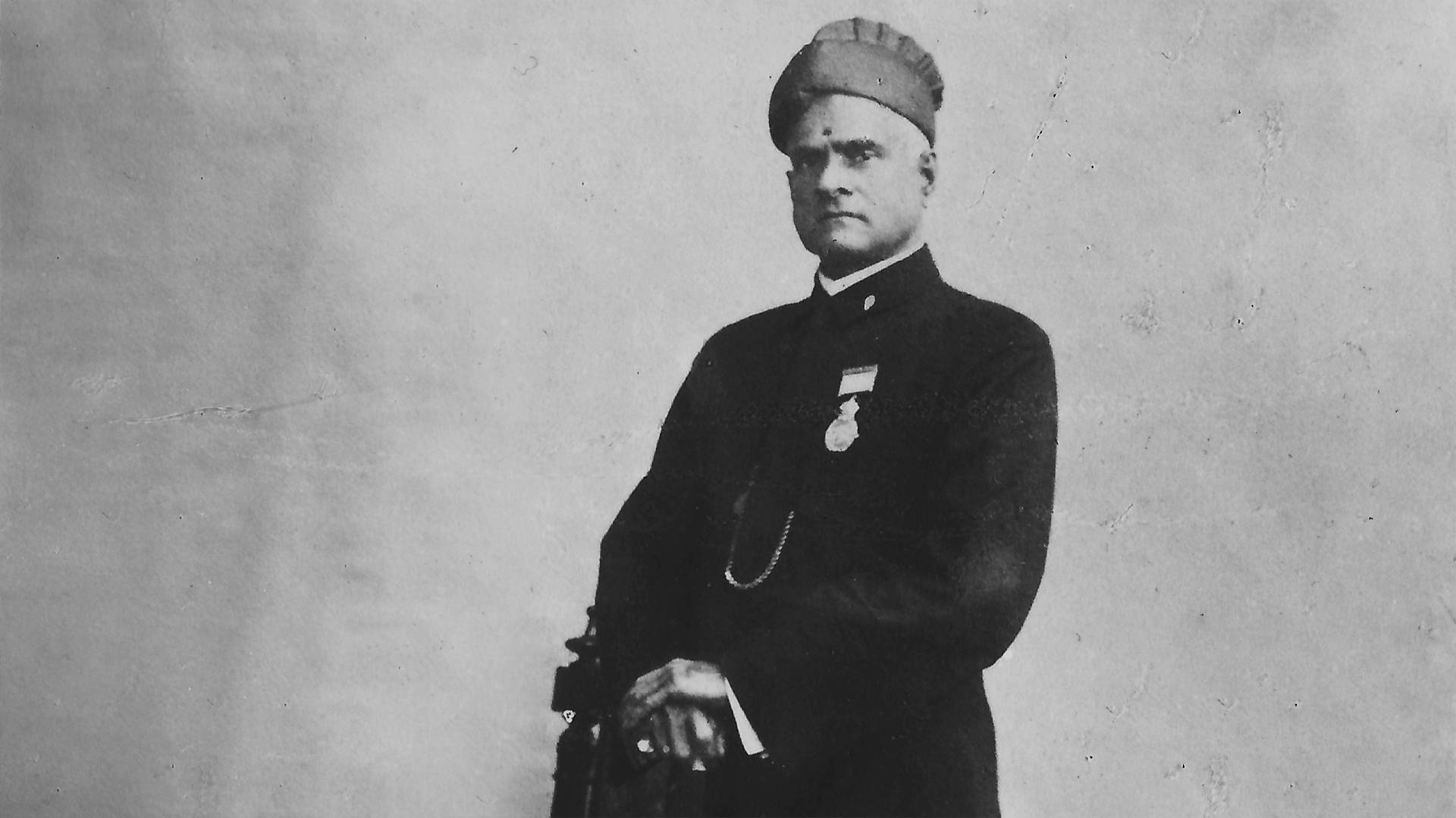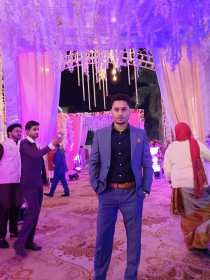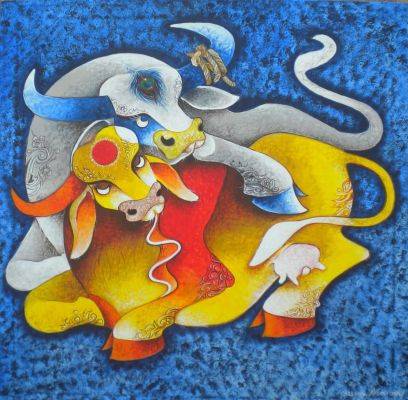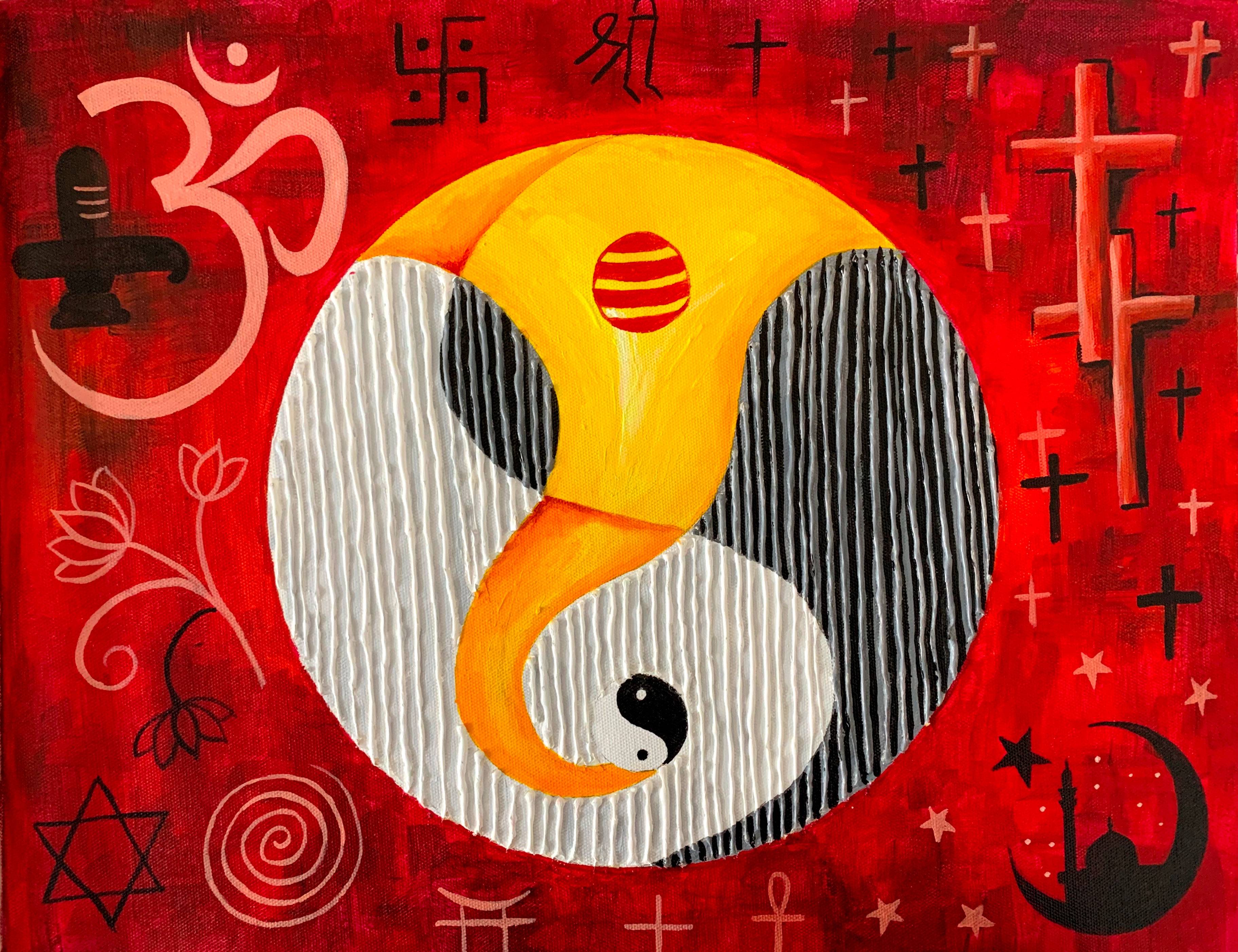The world of Indian art is a tapestry woven with rich traditions, vibrant colors, and diverse stories. Among the many luminaries who have left an indelible mark on Indian art, Raja Ravi Varma stands tall as a pioneer and a game-changer. His exceptional talent, innovative techniques, and dedication to the craft transformed the landscape of Indian art in the late 19th and early 20th centuries. In this blog, we will delve into the life and legacy of Raja Ravi Varma and explore his profound impact on Indian art.
Born on April 29, 1848, in Kilimanoor, a small village in the princely state of Travancore (now part of Kerala), Ravi Varma was destined for greatness from an early age. His family, belonging to the royal family of Travancore, encouraged his artistic pursuits. His uncle, Raja Raja Varma, a scholar and artist, recognized his talent and became his first art teacher.
Ravi Varma's journey as an artist was not without challenges. He faced resistance from the conservative society of his time, which frowned upon the depiction of mythological figures and deities through visual art. However, his determination and passion for art led him to explore various artistic styles and techniques.
One of the most significant contributions of Ravi Varma to Indian art was his pioneering effort to blend traditional Indian art forms with Western techniques. He travelled to Europe, where he studied the works of renowned painters and mastered the use of oil paint. This fusion allowed him to create lifelike and emotionally resonant portraits that were a departure from the stylized depictions of gods and goddesses prevalent in Indian art at the time.
Ravi Varma's innovative use of lithography made his art accessible to a wider audience. He collaborated with R. Varma and Sons, a printing press, to reproduce his paintings as affordable prints. This made his art available to people across India and played a crucial role in popularizing his work.
Ravi Varma's depiction of Indian women in his paintings challenged prevailing notions of beauty. He portrayed Indian women as graceful and confident, breaking away from the Eurocentric standards of beauty. His portrayal of women in various mythological and historical roles gave them a sense of agency and empowerment.
Through his paintings, Ravi Varma breathed new life into Indian mythology. He brought the stories of gods, goddesses, and mythological characters to a wider audience, making them more relatable and visually engaging. His masterpieces, such as "Shakuntala" and "Damayanti," remain iconic representations of Indian mythology.
Ravi Varma's influence on Indian art extended beyond his lifetime. His pioneering approach to art inspired many artists who followed him. His blend of Indian themes with Western techniques served as a catalyst for the Bengal School of Art, which sought to revive and promote Indian art traditions.
Raja Ravi Varma's impact on Indian art is immeasurable. He broke down barriers, challenged conventions, and redefined the way Indian art was perceived. His fusion of Indian and Western styles, his democratization of art through lithography, and his empowering depictions of Indian women all left an indelible mark on the art world. Today, his legacy lives on through his timeless paintings, which continue to inspire and captivate art enthusiasts around the world. Raja Ravi Varma's contribution to Indian art is a testament to the power of creativity and the enduring influence of an artist ahead of his time.
Thanking You







